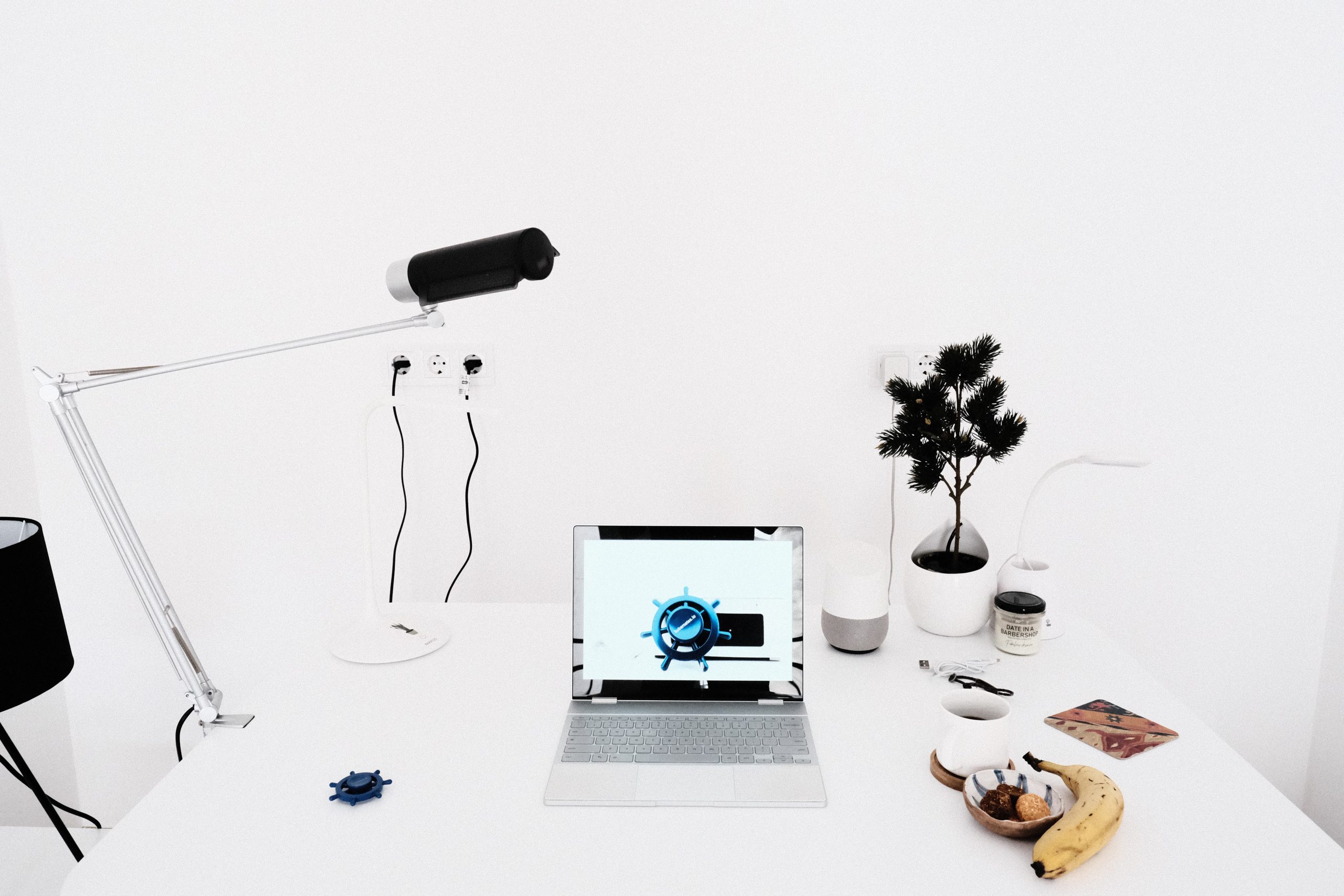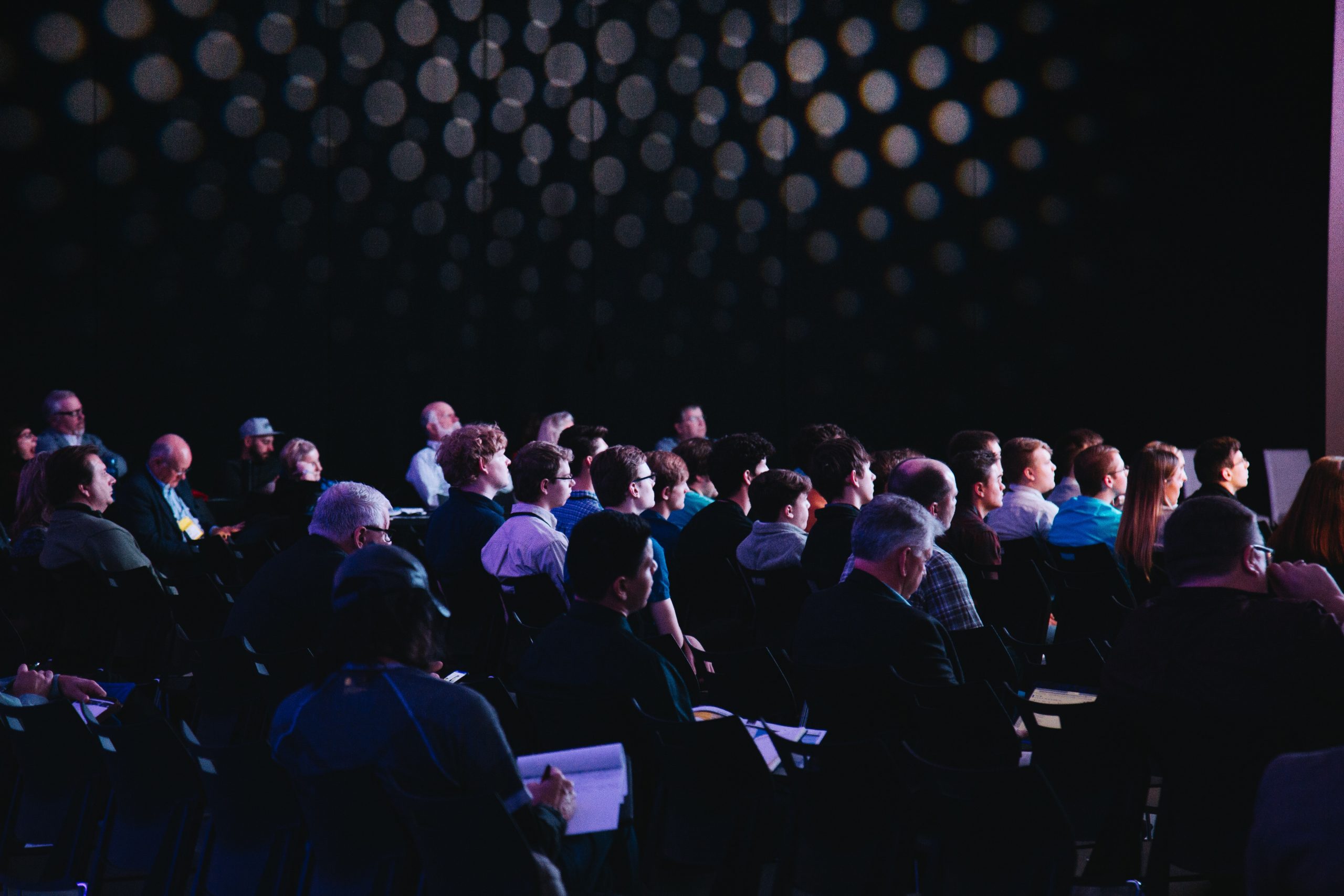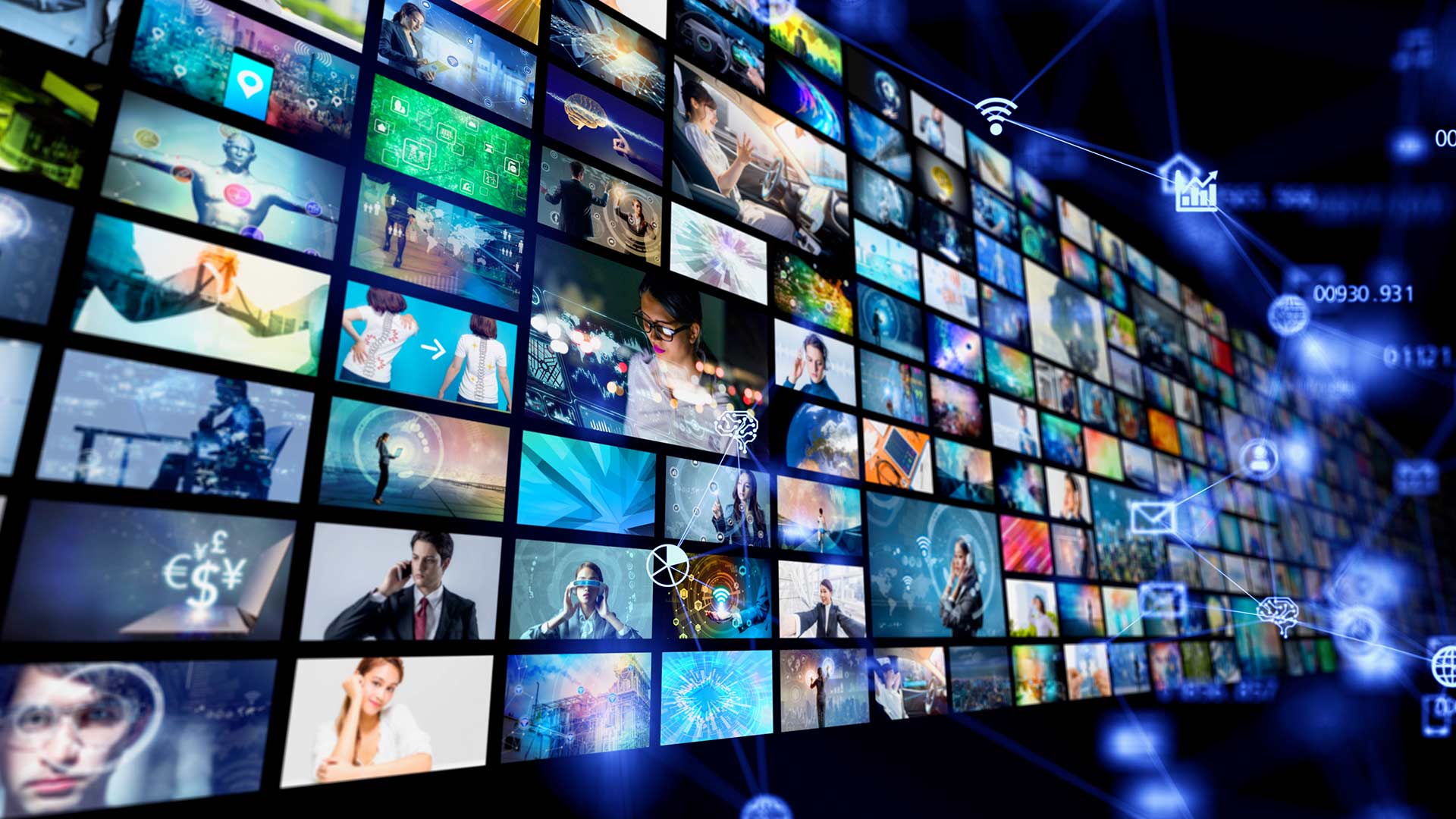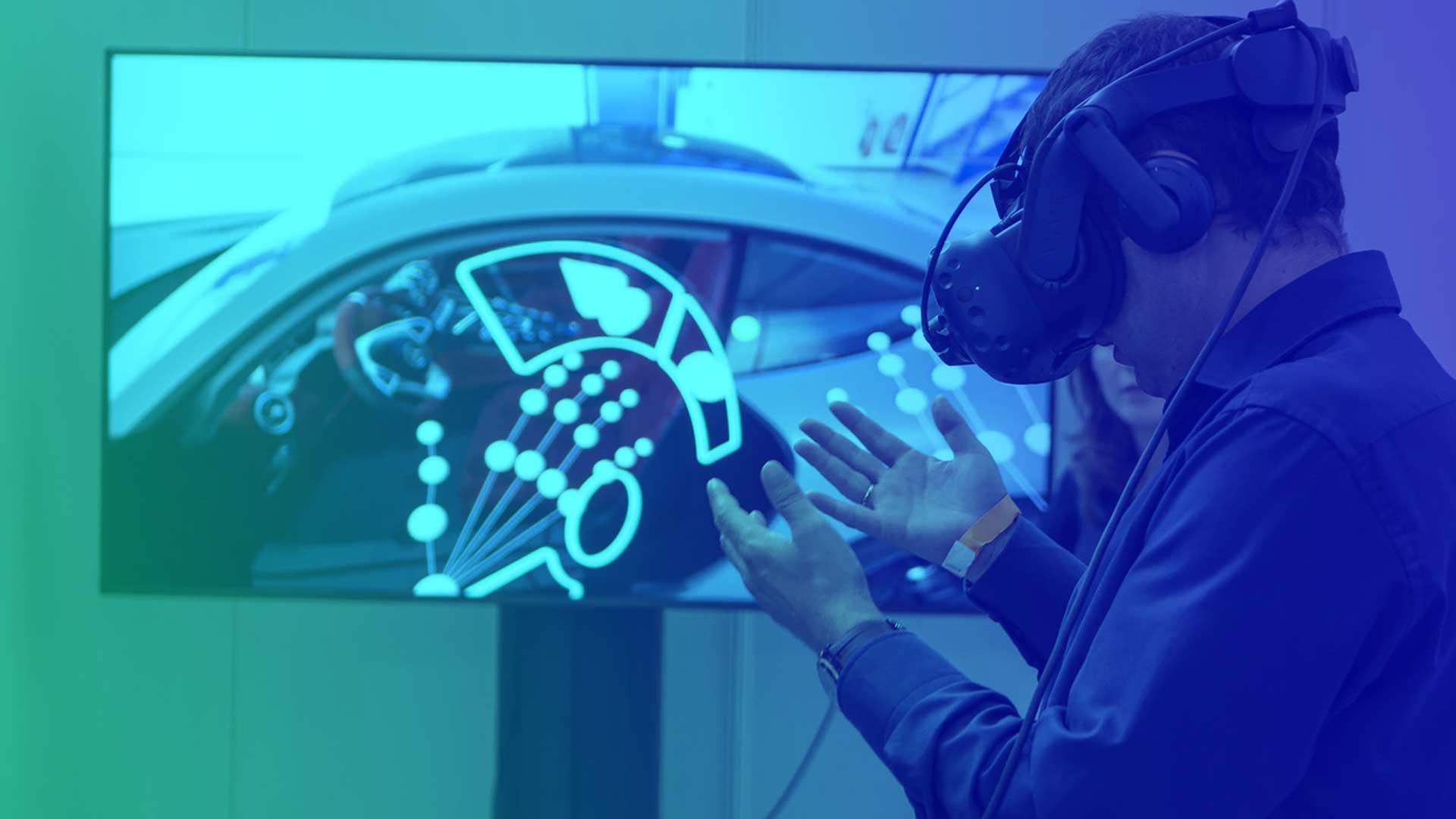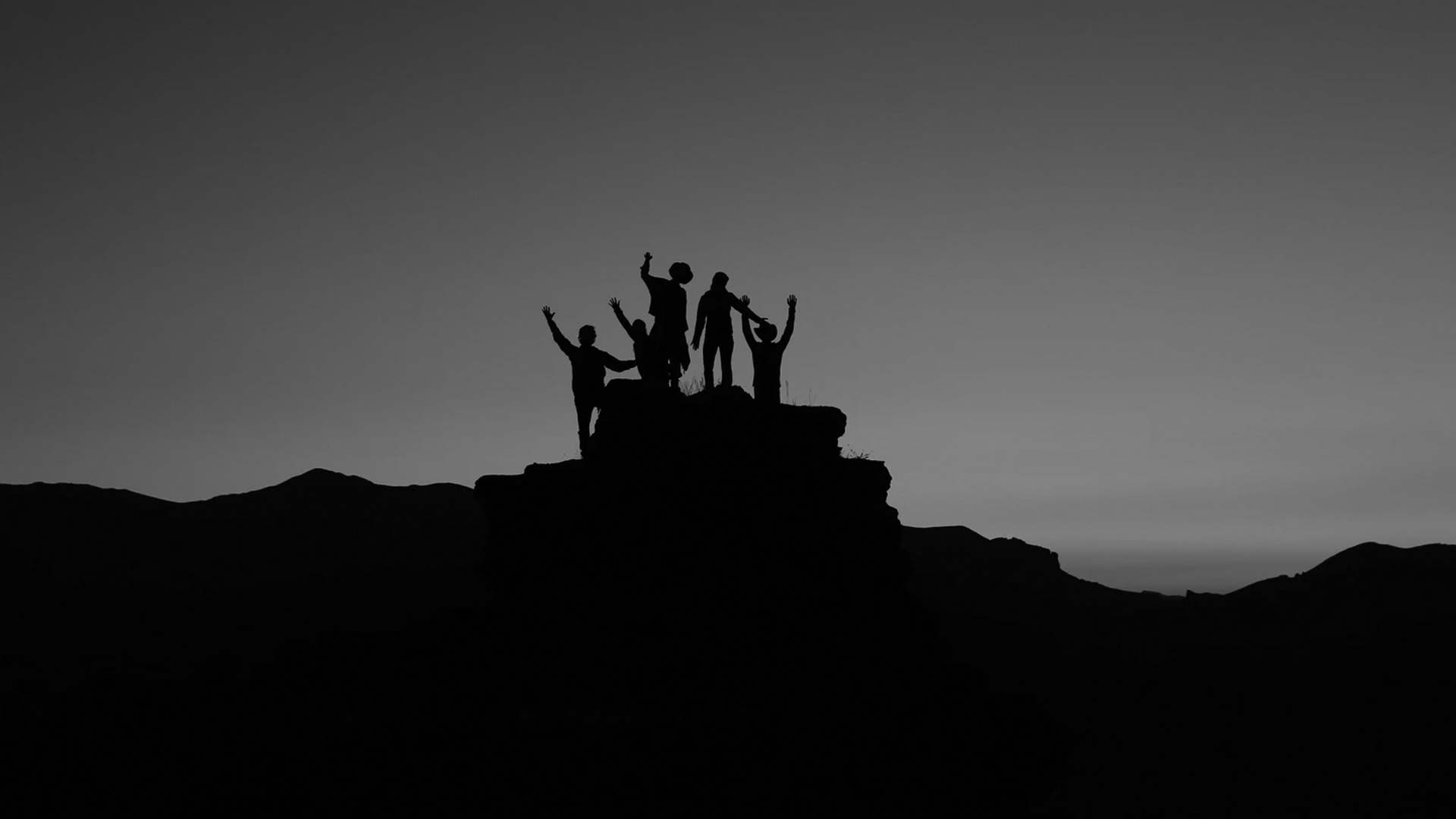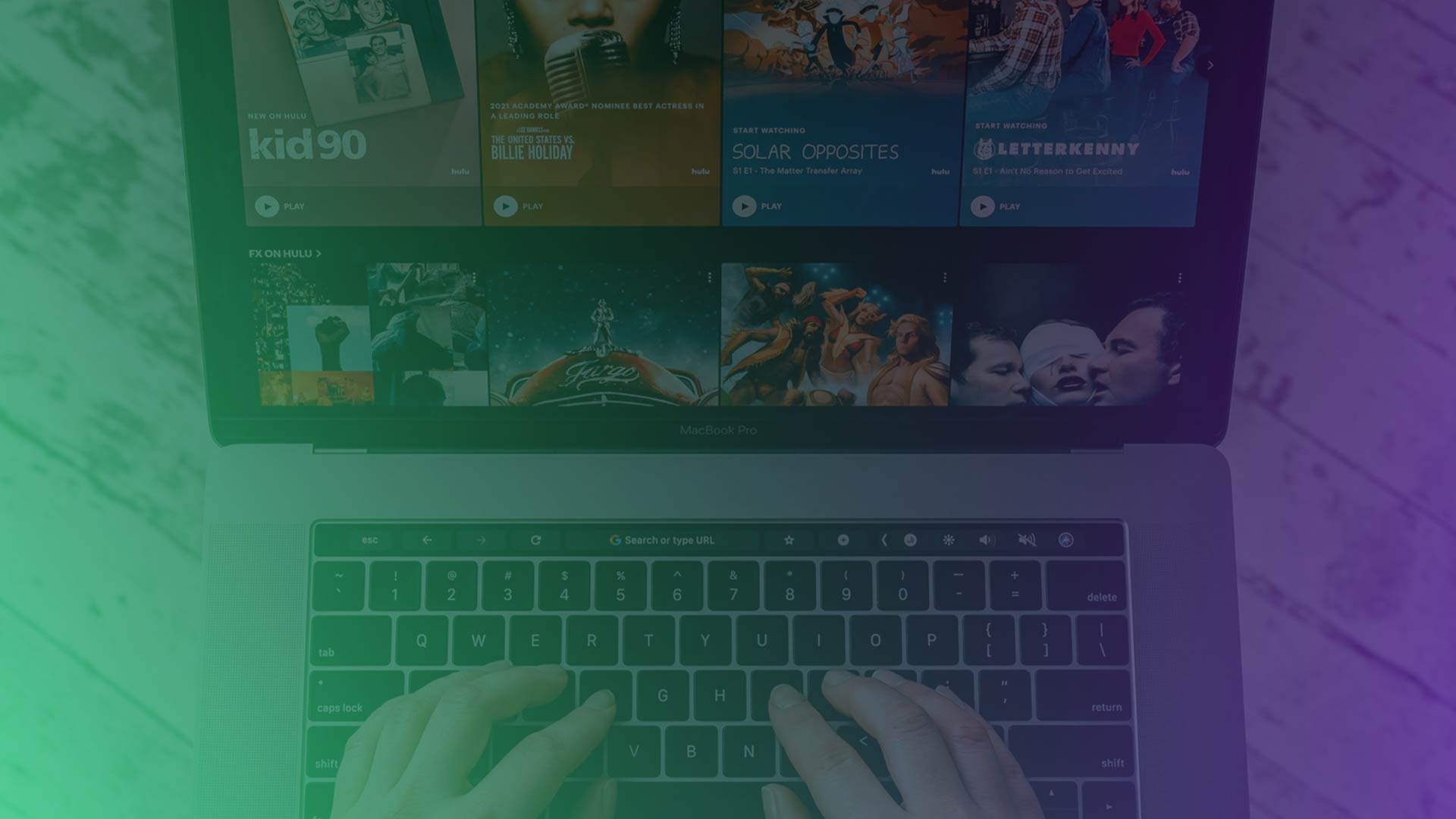Diversity and inclusion is one of the most important ethical and strategic priorities for businesses in 2021, but is it top of your agenda?
Over the last month we’ve been busy collating some of the best answers from our amazing guests on The Tech That Connects Us podcast. Every week we ask the big question on diversity and inclusion and get insight into what they’re doing to make that positive difference.
In this white paper we’ve compiled 10 fantastic insights and tips business leaders need to think about if they want to begin the process of building a truly diverse organisation, filled with talented individuals from different backgrounds.
This white paper will provide you with some tangible actions, that will build momentum and have a positive impact on diversity within your business.
If you’d like to talk to us about what we have learnt or the experiences of others in your industry please get in touch.
Every Wednesday we sit down with some of the biggest names in our industry, we dedicate our podcast to the stories of leaders in the technologies industries that bring us closer together. Follow the link here to see some of our latest episodes and don’t forget to subscribe.



